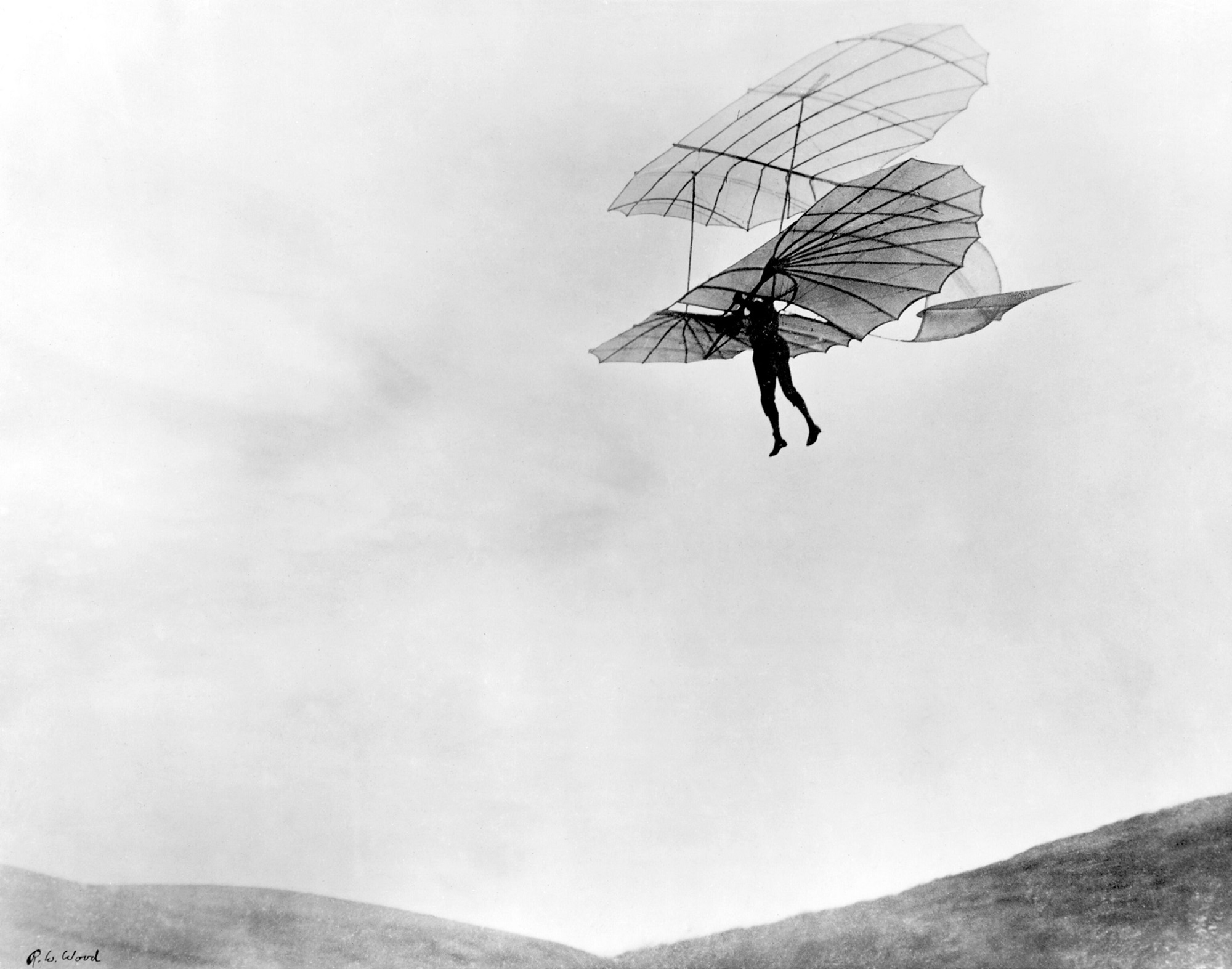EF Global VTOL
19 Jun 2023


It's often attributed to German aviation pioneer Otto Lilienthal to have said, “Designing a flying machine is nothing; Building it is something; Testing it is everything.”*
I have used this quote for years to explain the state of electric vertical takeoff and landing (eVTOL) aircraft.
Design
The VFS World eVTOL Aircraft Directory (www.eVTOL.news/aircraft) lists nearly 800 concepts, ranging from student and industrial design concepts to large-scale technology demonstrators and advanced prototypes. About 100 concepts have flown in some form of large scale, with about three dozen supporting active development programs. The Directory tracks concepts not companies, so while there are nearly 800 concepts — both active and defunct — there are only 375 companies/designers. As an example, it catalogs 15 different Volocopter concepts, but it has only three active products: VoloDrone, VoloCity and VoloRegion.
Anyone can come up with a “design” for an aircraft in seconds in a quick sketch or spend hours on an impressive computer-generated image. As noted by the Hirschberg Principle, “It’s easy to design an aircraft if you don’t know how” (see “Commentary: Stand on the Shoulders of Giants,” Vertiflite, Jan/Feb 2019). However, proceeding from a notional concept to a complete design can take years.
With ever-increasing rigor, a concept moves from an idea to a conceptual design ($), preliminary design ($$) and critical design ($$$), typically with hundreds to thousands of engineering hours, supported by an iterative process of modeling and simulation, experimental testing, technology maturation, etc. In classical aircraft design, 75–90% of manufacturing-quality product drawings are complete by the critical design review.
Build
Of course, for a production program where the designer is attempting to achieve challenging goals, it makes the most sense to build small-scale test models before proceeding to a large-scale prototype, which may require hundreds of hands-on hours. The cost of learning is much lower with a small team working at small scales (though the smaller the scale, the less indicative of the full-scale design’s behavior) than working on a full-scale aircraft with a “standing army” of engineers. A logical progression of increasingly more representative models is the time-tested methodology for developing novel configurations. An example is the Joby S4 subscale flight test model proceeding to the uncrewed S4 Generation 1.0 (sized for four seats) to the five-seat Generation 2.0; after more than 1,000 flights, Joby has now begun assembling the first aircraft on its pilot production line.
Test
When Lilienthal made that statement in the 1890s, testing the aircraft was his ultimate objective. After years of research and testing, Lilienthal became known as the “flying man.” He was the foremost aviation researcher in the world, having designed a number of gliders that could carry him aloft — jumping off a hill — with one achieving a distance of 820 ft (250 m). But he stalled on his final flight and plummeted from 50 ft (15 m) to his doom in 1896. This was prior to adequate understanding of important principles like aerodynamics, control and structures.
Using the same aeronautical data as Lilienthal, the Wright Brothers had failed to produce adequate results with their own glider in 1901, with Wilbur Wright famously exclaiming, “Not within a thousand years would man ever fly.” So they went back to the drawing board with their experiments and calculations, eventually succeeding in flying the world’s first controllable heavier-than-air aircraft in 1903.
But Wait, There’s More!
Today’s civil aviation authorities build upon more than a century of lessons learned in aviation development to ensure a basic level of safety from all aircraft developers. It’s said that the airworthiness standards are written in the blood of those lost in aviation accidents. More importantly, designers don’t want their products to hurt anyone, with the Boeing 737 MAX accidents showing the ramifications of an aircraft deemed unsafe.
Beyond the aircraft airworthiness, there are production certification standards to ensure that every aircraft off the assembly line conforms to the approved design, operational certification standards to ensure that the organizations flying the aircraft adhere to the prescribed standards of safe operations, while pilot certification standards ensure that the aviators are properly trained and fit to fly.
Beyond creating safe aircraft, inventors want to see their designs built and achieve the technical success that was originally envisioned. They also want to see their products be useful to people and society, and they want to make money.
The Wright Brothers achieved Lilienthal’s goal of getting an aircraft into the air, but they soon found that test flying was not everything. They struggled to find a market until demonstrating their aircraft in France in 1908, winning production contracts in Europe and America, but the Flyers were unstable and difficult to fly safely. The Wright Company built an estimated 120 aircraft before selling the business in 1915; the company was more focused on protecting its patent rights than innovating, and the competition was soon producing much more capable and safer aircraft.
The success of any aircraft development doesn’t end with the delivery of the aircraft to the customer. It only just begins then — because if it doesn’t succeed operationally, economically and reliably in the mission it was designed for, there won’t be many new orders. So, the success of any aircraft is not decided by the aircraft manufacturer, but by the customers who buy it. And if they can’t compete and make money with this revenue-generating asset, their business will fail.
Electric VTOL has tremendous potential for lowering carbon and acoustic emissions, increasing safety and affordability of air transportation, and transforming society. The eVTOL industry is now transitioning from testing out the technical viability to finding lasting commercial success. For now we know, “To fly safely, affordably and provide a compelling product to customers is everything.”